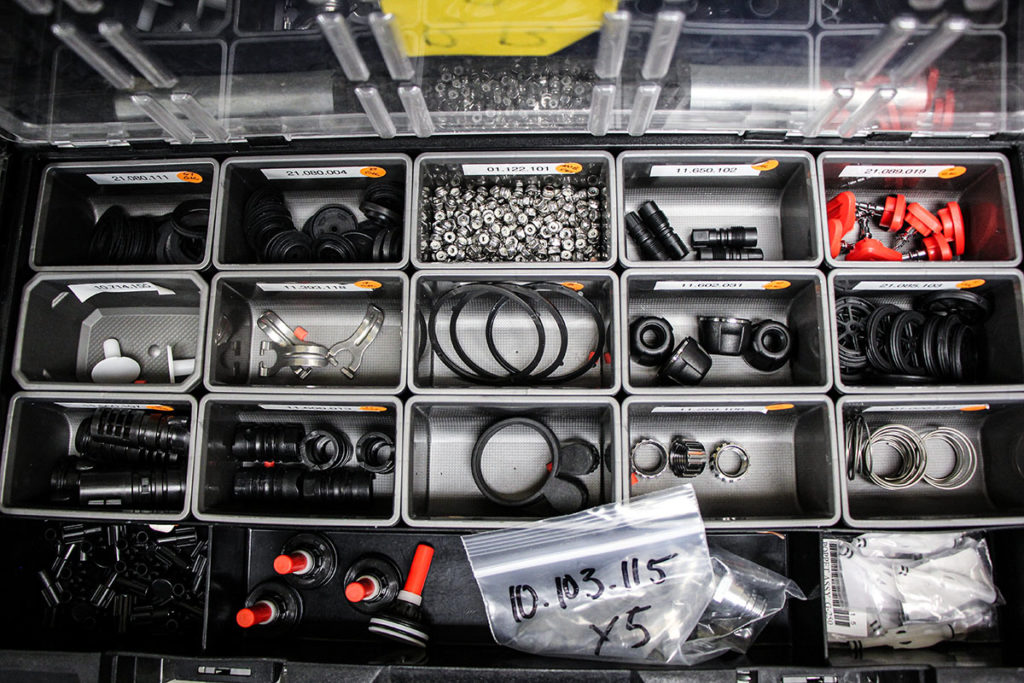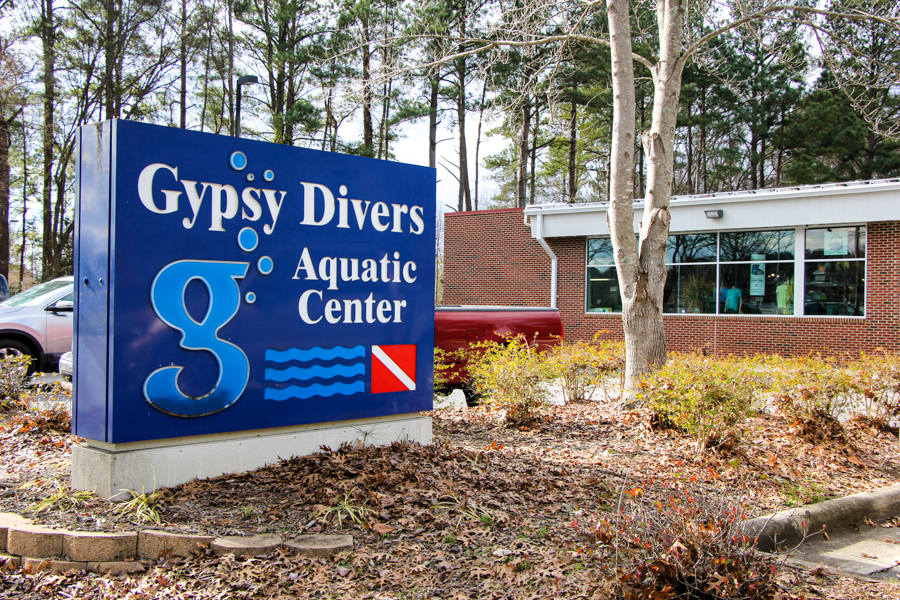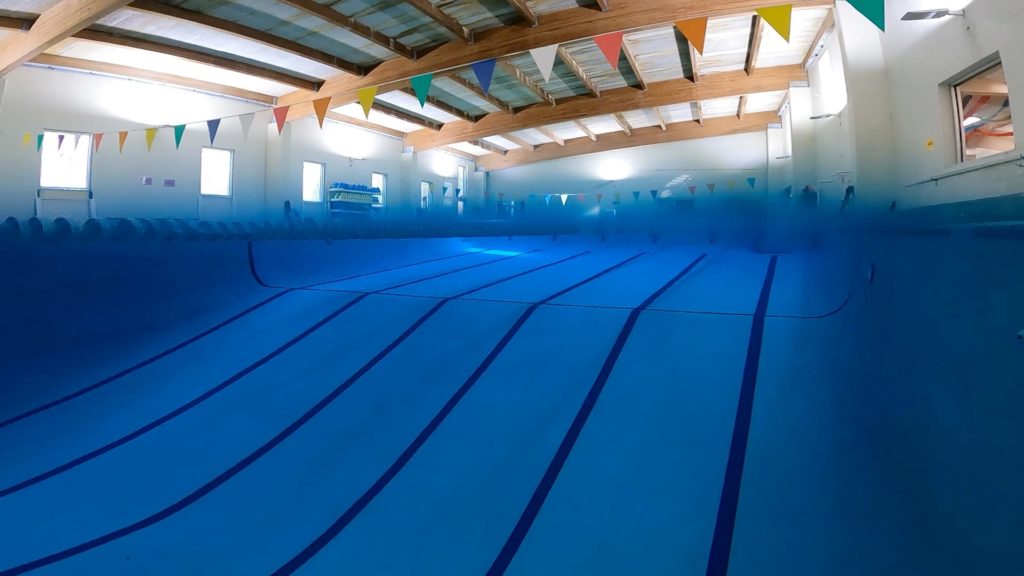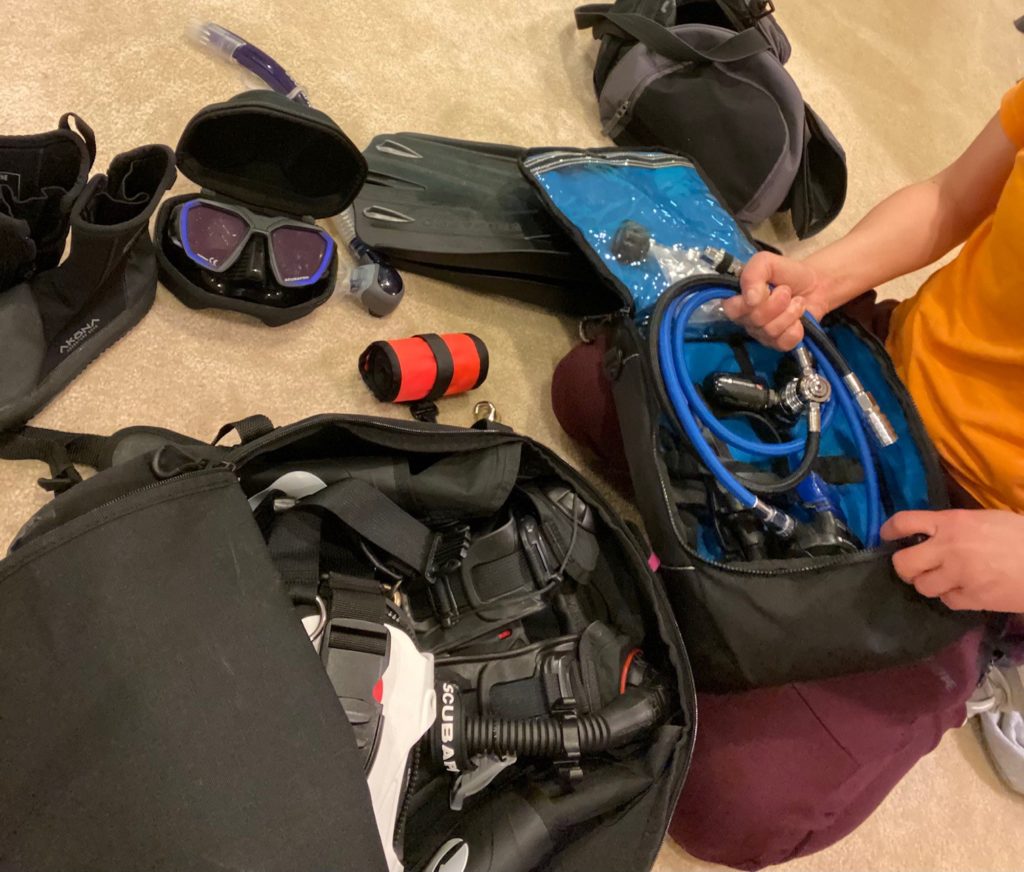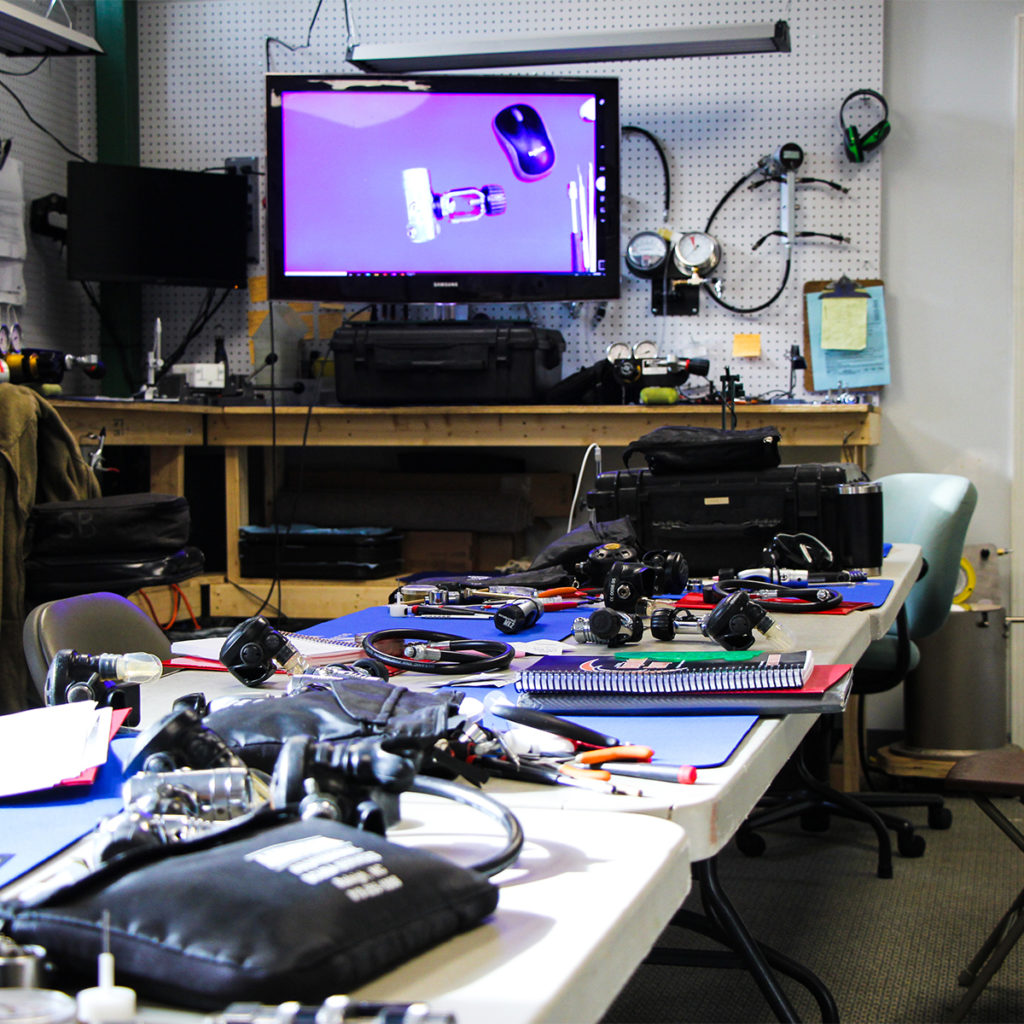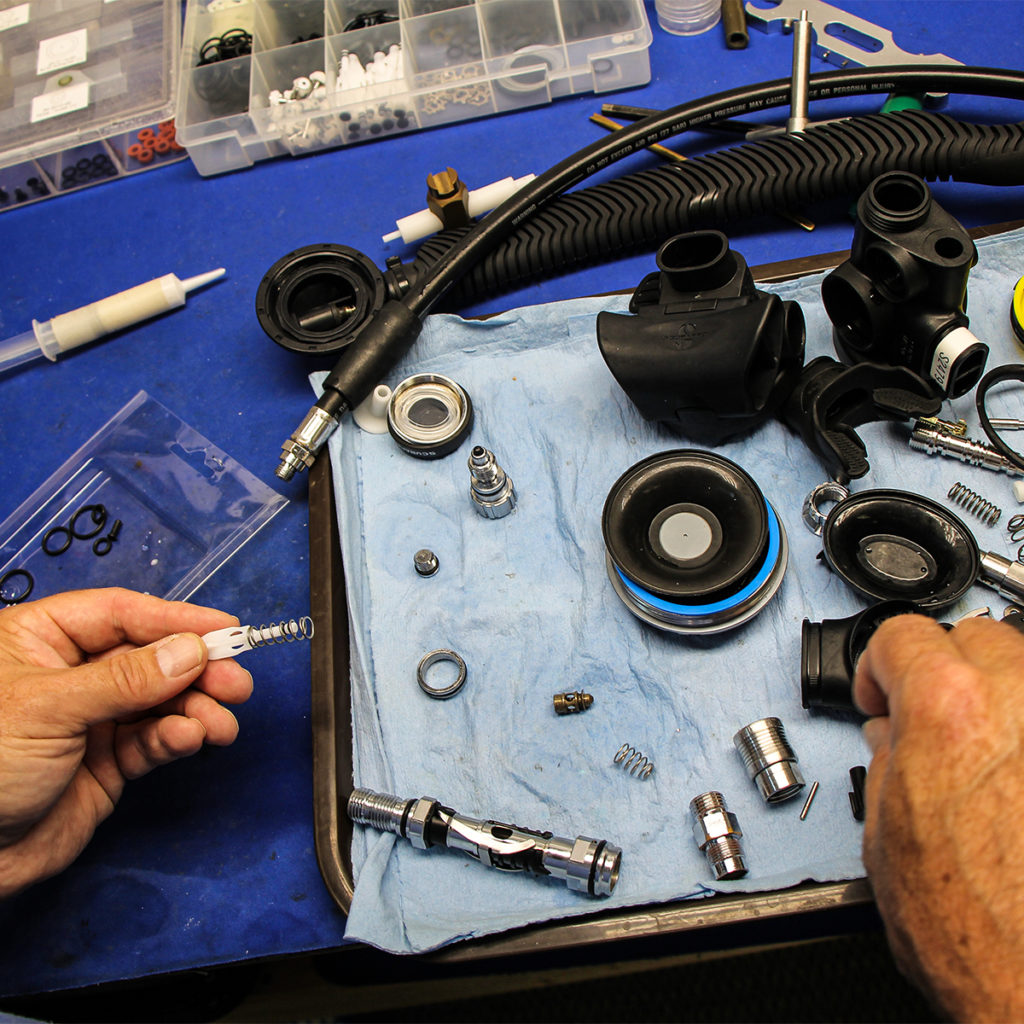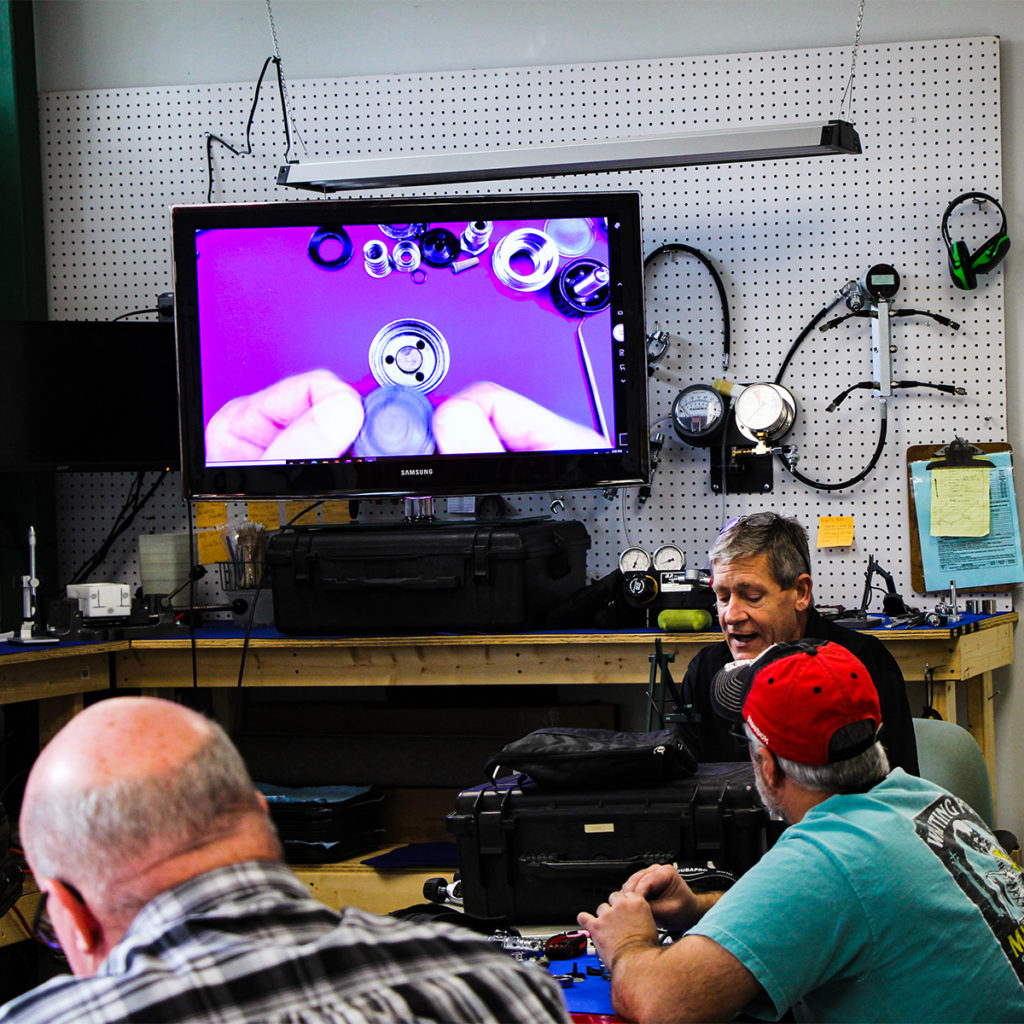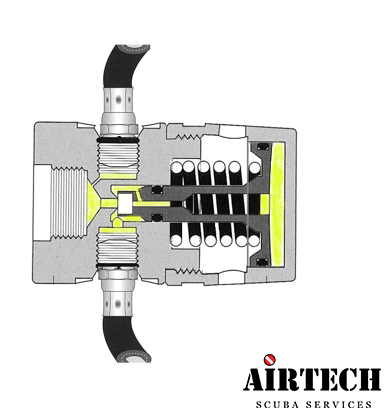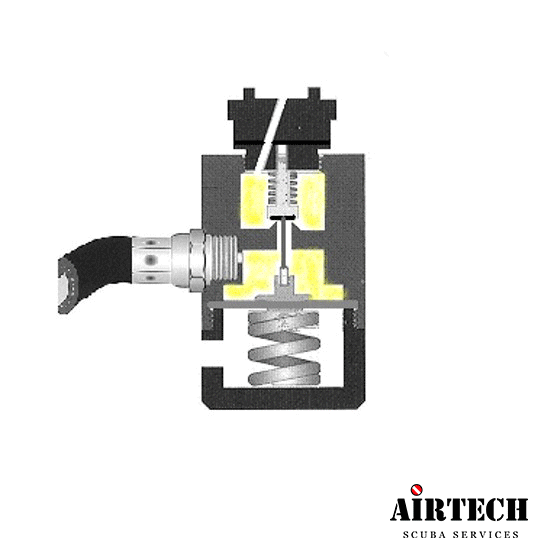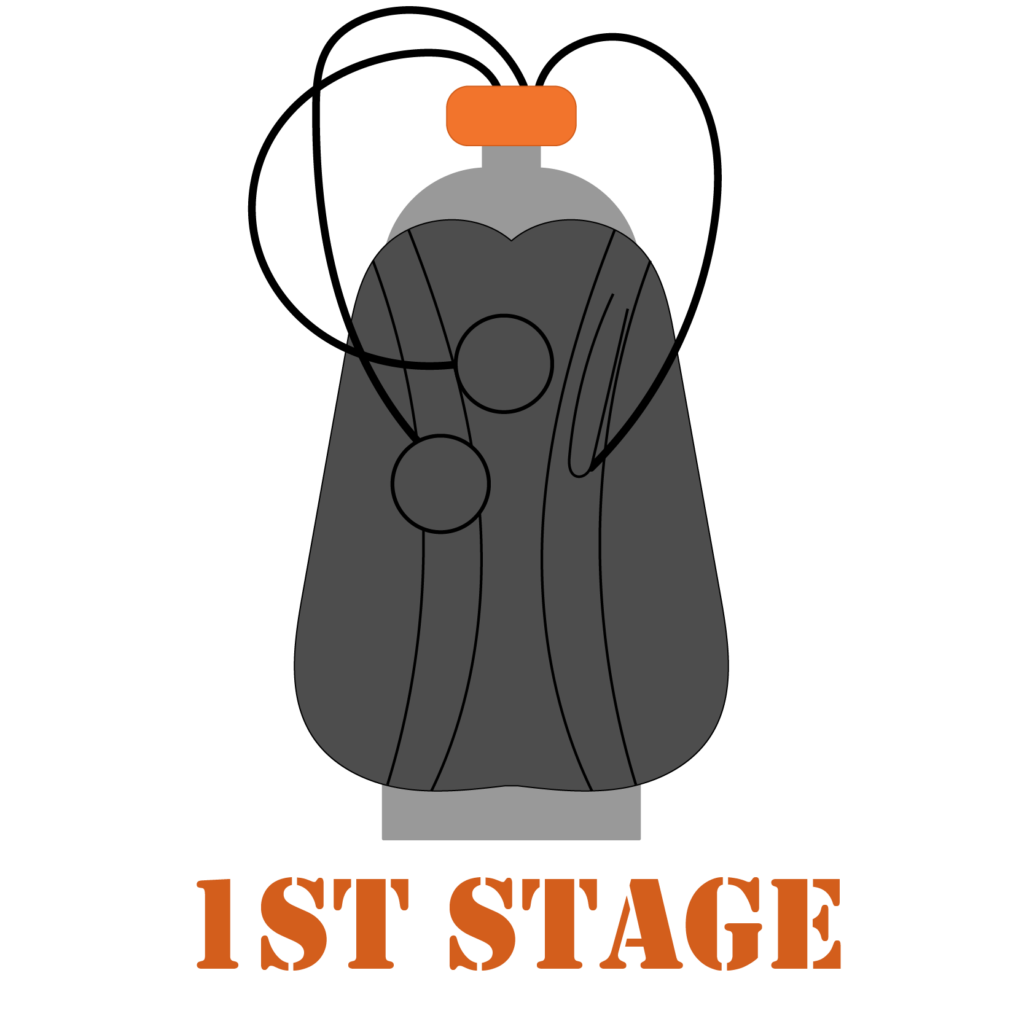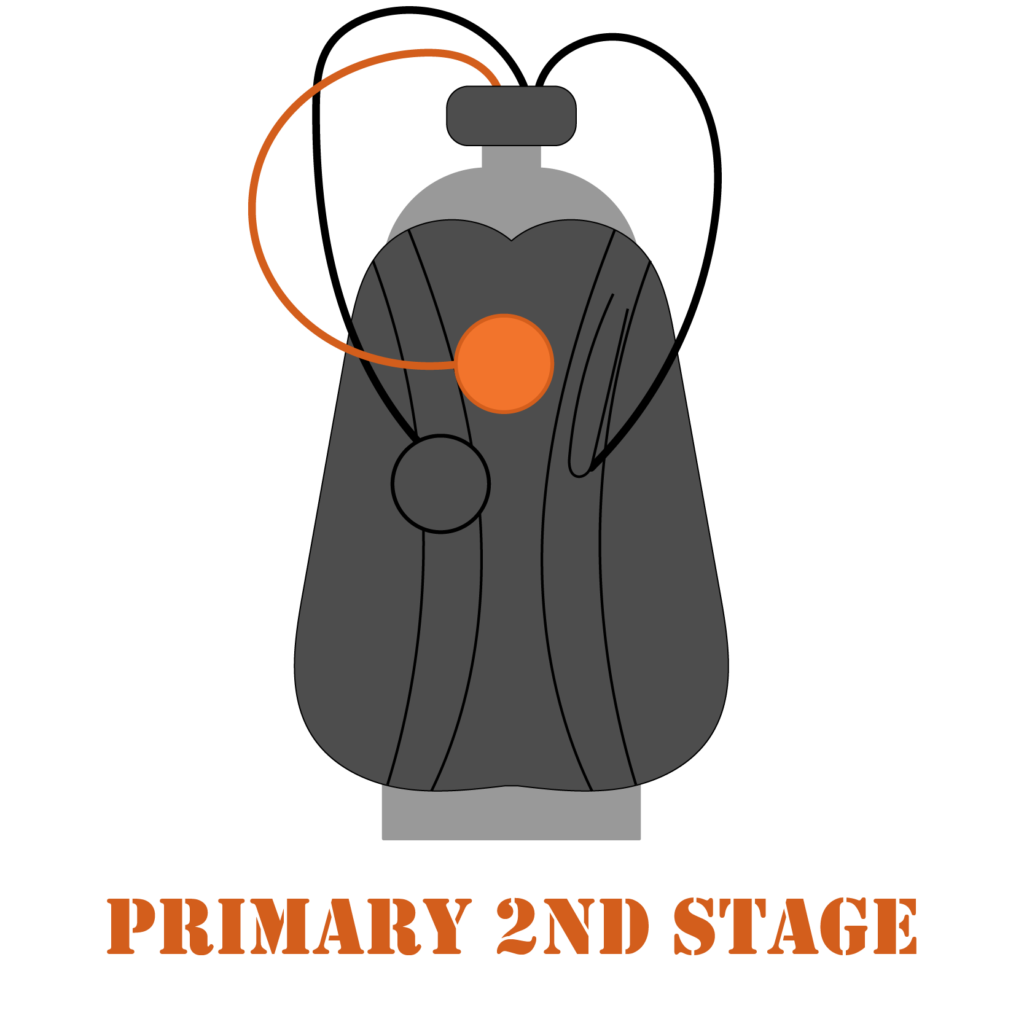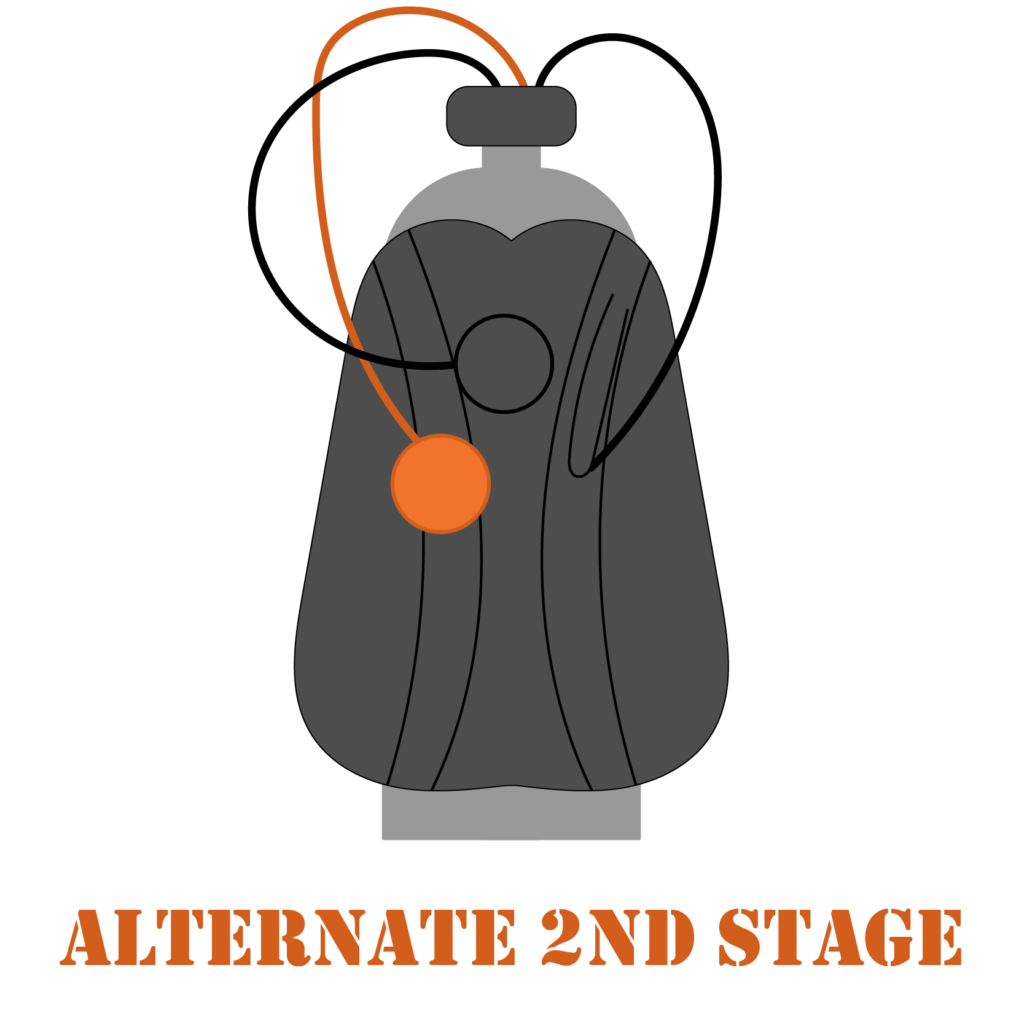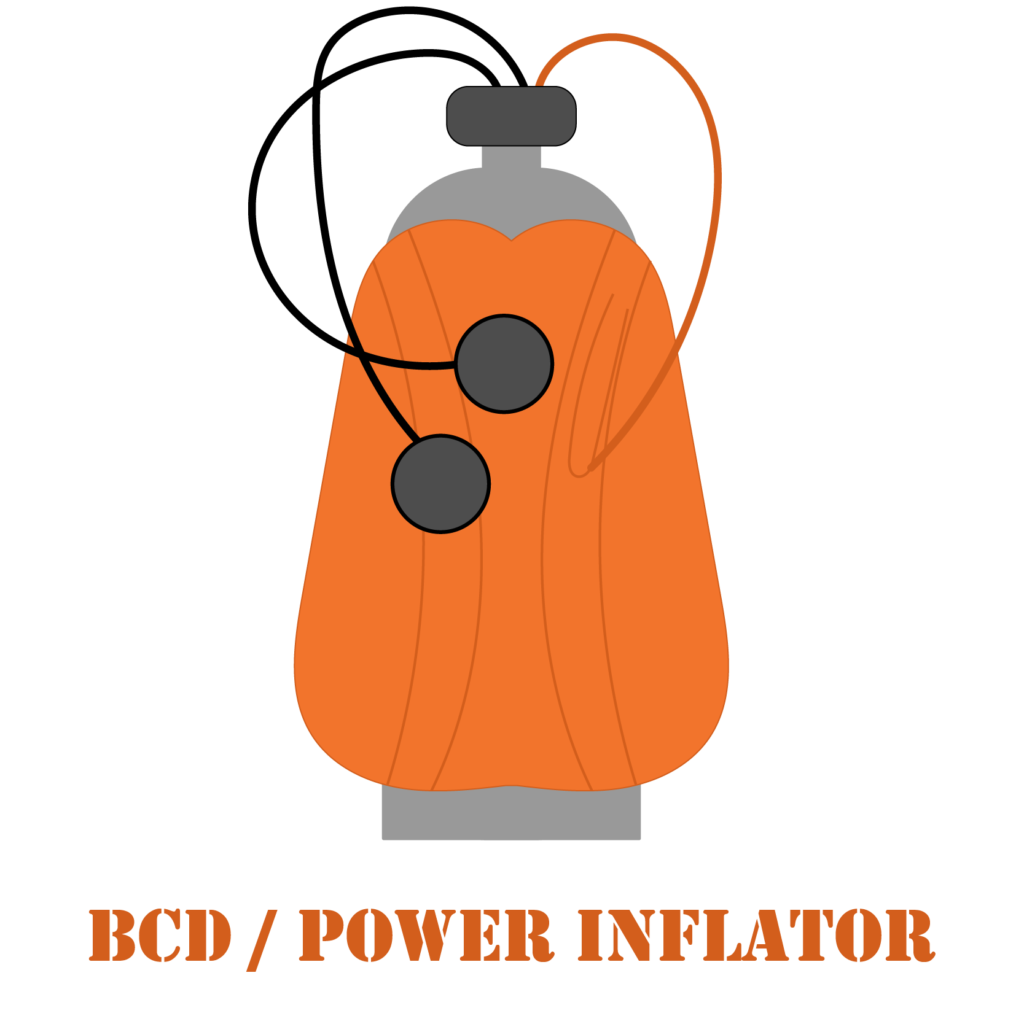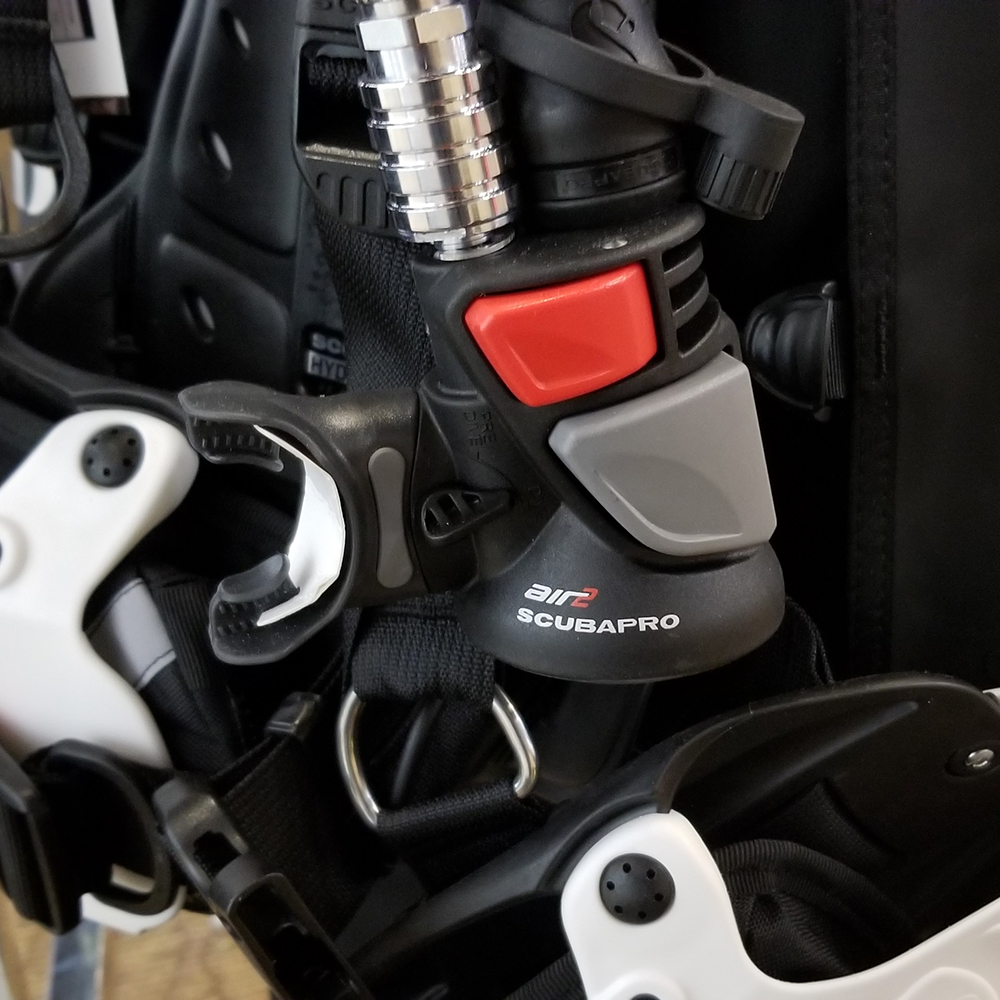In Part 1 of our two-part warranty blog series, we outlined the differences between the “Manufacturer’s Warranty” and “Parts and Service Program”. Since there are so many nuances to the general warranty of scuba equipment depending on the manufacturer, piece of equipment, type of malfunction, or age, we are focusing on the free-parts program in this blog. If you have questions about warranty’s outside of this, feel free to contact us about your specific question!
Terminology: Free Parts Program
If you’ve been sending your stuff to AirTech for a few years, you might notice we recently changed a question on our ticket system. We’re always looking to improve our process to make your time with us as smooth as possible. Therefore, we’ve made a change in our ticket terminology.
In the past, our ticket system and staff asked if your equipment was under warranty. However, what we were really asking was if it fell under the manufacturer’s free parts program. Using the term ‘warranty’ for both general warranties and free parts was a tad confusing, so we changed it! Now on our ticket system, we ask, “Is this equipment under a manufacturer’s ‘free parts’ program”?
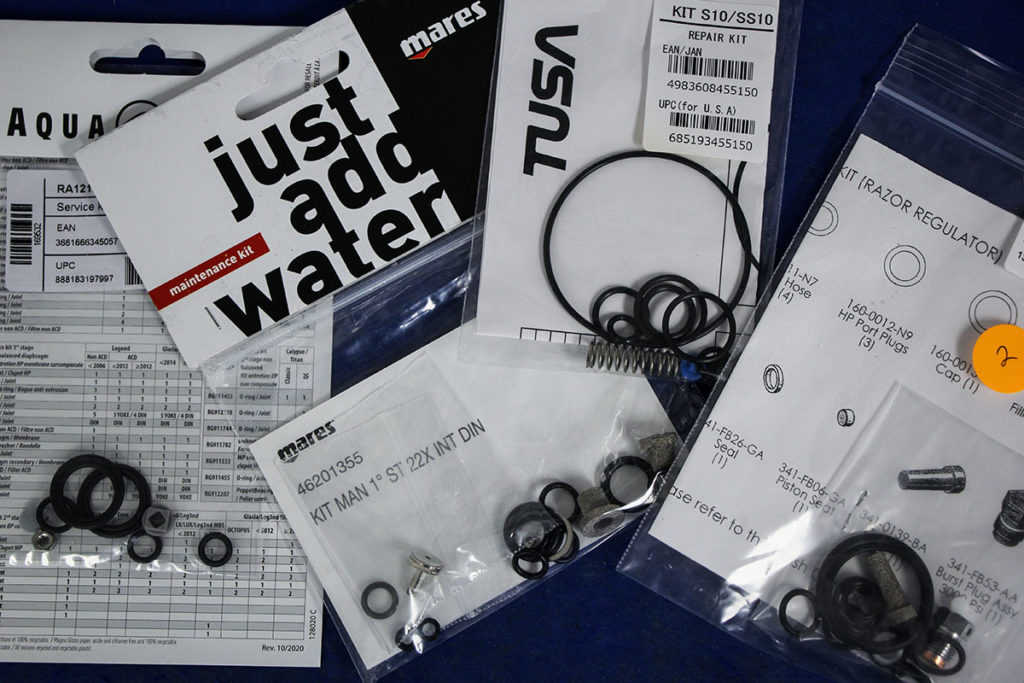
How Do I Qualify?
To qualify for a manufacturer’s free parts program, your equipment needs to be registered with the manufacturer and you need to purchase the manufacturer’s required pieces. For most manufacturers, this means that you need to purchase 1 first stage, and 2 second stages.
How Do I Remain Qualified?
To remain qualified with your manufacturer’s free parts program, you need to have your equipment serviced on their required schedules. For several manufacturers, you might have alternating service years and bench test years. We’ve covered the bench test in more depth before, but it’s basically a series of tests on your equipment to ensure it is still operating in the parameters set forth by the manufacture.
After each service or bench test, AirTech Scuba Services records the service date and information with your manufacturer. We keep this information year after year to make your scheduled services as easy as possible. Though, as we said in our last blog, please also keep your own records.
It is best that you not only keep your original purchase receipt but also each service receipt in case something were to happen to your service form.
What Specific Rules Do I Look For?
Some of the things you want to look for include:
- How often am I required to get my equipment serviced?
- Is there any sort of grace period?
- Do I need to do intermediate bench tests?
- And if you aren’t with AirTech, will my service center keep records of my service and submit my records on my behalf, so that I remain enrolled in the program?
Recalls
At AirTech Scuba Services, we remain up to date on all the manufacturers we service and even some we don’t. If you have been an AirTech customer in the past several years, we have a record of your regulator make, model, and serial number. Though it rarely happens, having these records are priceless and allow us to pull a list of applicable divers and notify them of the recall.
Moving To AirTech?
If you are a fan of our work and want us to become your future service center, we can transfer your service records to our location and we’ll keep the records for you. If you do not have your service form, or cannot get ahold of it, send us your original proof of purchase and service records. We’ll take care of the rest and get you set up!
Get Started With AirTech Today!
Do you need a service center? AirTech is here to keep you diving safely! We work on life-supporting equipment and take that work seriously. You can get started today, just submit a service ticket and ship us your equipment! If you want a walk-through of the process, or have questions, contact us!
Resources
While our technicians and administrators stay up to date, we can’t continuously update all of our blogs if we list out each manufacturer’s specific rules. Our goal is to educate our users on general practices we see in the industry, or in our own shop, and equip you with the skill to seek out information for your specific needs.
Below are links we’ve found that help outline some of our manufacturers’ free parts programs. They are live as of June 1st, 2021 but subject to change with manufacturer term updates or website changes.
- Aqualung & Apeks https://us.aqualung.com/en/free-parts-for-life.html
- Atomic https://www.atomicaquatics.com/warranties/?v=751 6fd43adaa
- Genesis (Genesis and Sherwood are under the same distributor and Genesis’s parts program redirects to Sherwood) https://www.sherwoodscuba.com/support/help-center-faq and https://www.sherwoodscuba.com/support/product-registration
- Hollis https://www.hollis.com/support/warranty/?v=7516fd43adaa
- Mares – https://www.mares.com/en/warranty
- Oceanic https://www.oceanicworldwide.com/warranty/?v=7516fd43adaa
- SCUBAPRO https://www.scubapro.com/parts-life-program
- Sherwood https://www.sherwoodscuba.com/support/help-center-faq and https://www.sherwoodscuba.com/support/product-registration
- Tusa, USA https://tusa.com/us-en/Support/Warranty_Policy
- Zeagle https://www.zeagle.com/support/warranty/?v=7516fd43adaa

